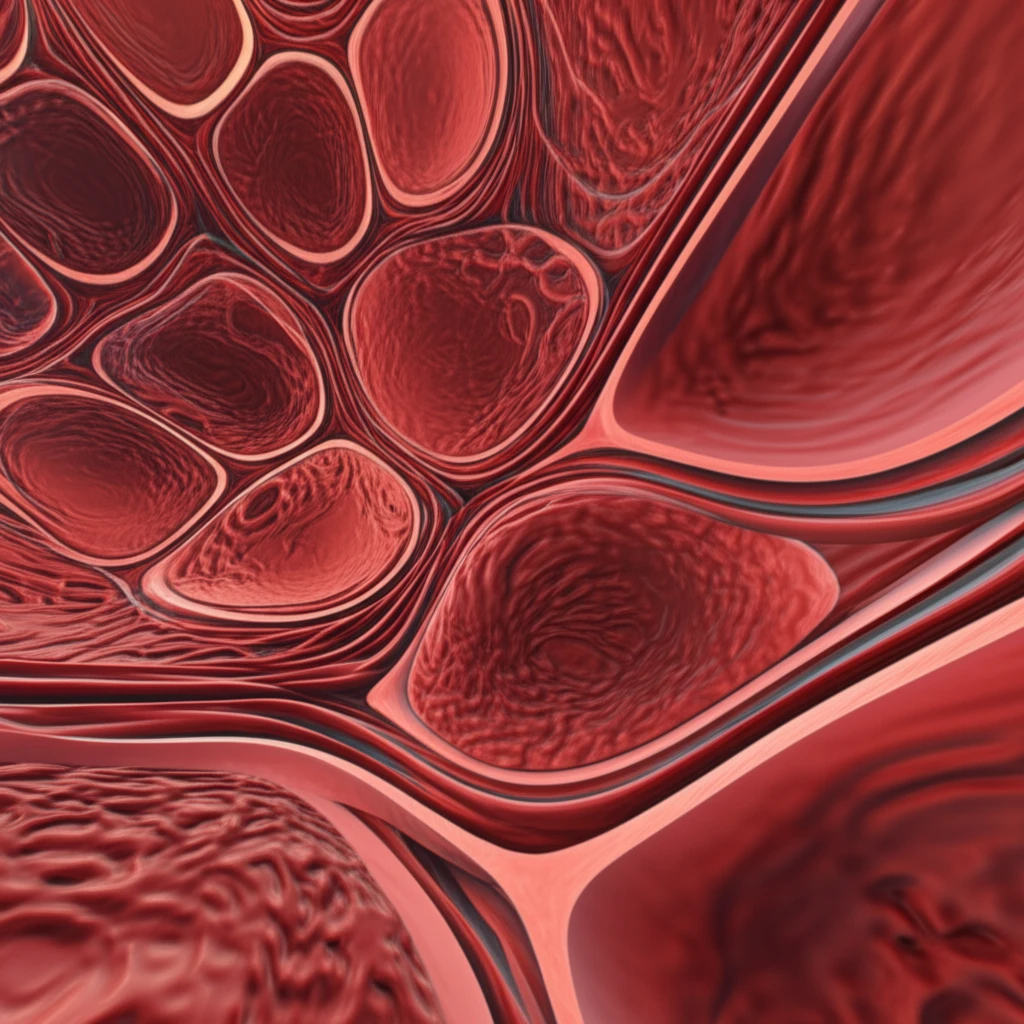
Unlocking the Secrets of Blood Flow: How Shear Stress Impacts Your Health
"Discover how oscillatory shear stress affects hemostasis and why it matters for preventing cardiovascular issues."
Your blood vessels are more than just pipes; they're dynamic environments constantly responding to the forces of blood flow. One of the most crucial of these forces is shear stress, the friction of blood moving against the vessel walls. While steady, laminar flow is generally beneficial, disturbed or oscillatory shear stress (OSS) can trigger a cascade of events that lead to vascular dysfunction and disease.
Imagine a river flowing smoothly versus one with turbulent eddies and backflows. The latter is akin to OSS in your arteries, creating areas where plaque is more likely to form. Understanding how OSS affects your body is key to maintaining a healthy cardiovascular system. Researchers are actively investigating how these forces influence everything from platelet activation to the stability of your blood clots.
This article dives into the groundbreaking research exploring the impact of oscillatory shear stress on hemostasis, the body's process of stopping blood loss. We'll break down the science, explain why it matters, and offer insights into how you can support healthy blood flow.
What is Oscillatory Shear Stress (OSS) and Why is it Harmful?

Oscillatory shear stress occurs when blood flow becomes disturbed, creating areas of both forward and backward flow. This is commonly found in areas where arteries branch or curve. This irregular flow exerts abnormal forces on the endothelial cells lining the blood vessels, leading to a pro-inflammatory and pro-thrombotic environment. Think of it like repeatedly bending a paperclip – eventually, it weakens and breaks.
- Increased Platelet Activation: OSS triggers the release of platelet microparticles (PMPs), small vesicles that promote blood clotting and inflammation.
- Coagulation Imbalance: OSS affects the coagulation cascade, leading to increased prothrombin time (PT), indicating a disruption in the blood's ability to clot properly.
- Fibrinolysis Disruption: OSS influences the balance of tissue plasminogen activator (tPA) and plasminogen activator inhibitor-1 (PAI-1), key components in dissolving blood clots.
- Matrix Remodeling: OSS elevates the activity of matrix metalloproteinase-9 (MMP-9), an enzyme involved in remodeling the extracellular matrix, contributing to vascular instability.
Taking Control of Your Vascular Health
While the effects of oscillatory shear stress may sound daunting, understanding the mechanisms at play is the first step toward proactive management. Future research will undoubtedly uncover more targeted interventions, but for now, focusing on a healthy lifestyle remains paramount. By prioritizing healthy habits, you can promote optimal blood flow and reduce the risks associated with disturbed shear stress. Stay tuned for more insights as research continues to unfold in this vital area of cardiovascular health.
